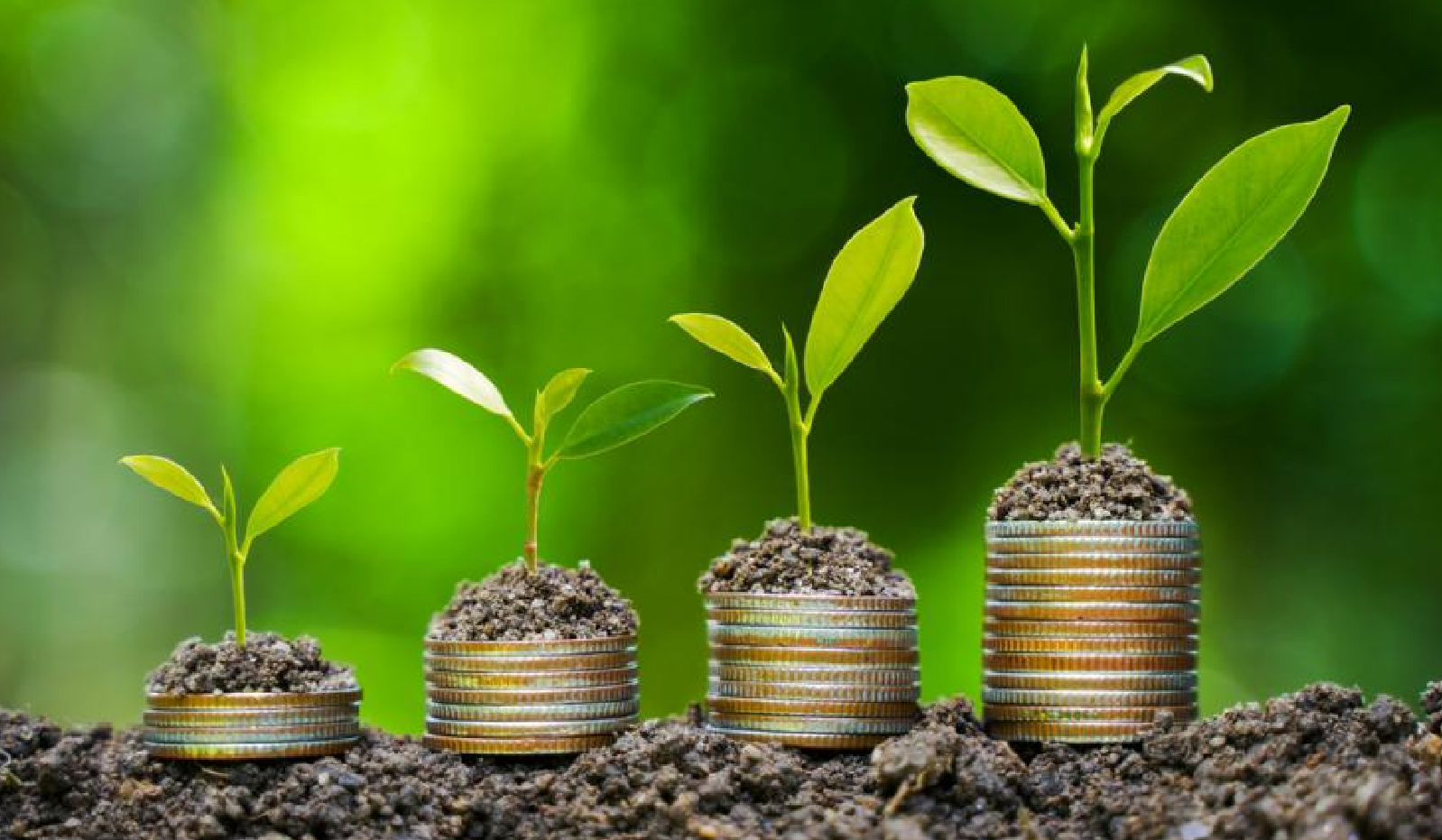Report focuses on global emission trends, future projections and what is required from next NDCs to achieve long-term temperature goals of Paris Agreement.
Key Observations:
- Greenhouse-gas(GHG) emissions rose to a new high of 57 gigatons(Gt) of CO2 equivalent in 2023 (1.3 % increase from 2022).
- India ranks 3rd in total GHG emissions with 4,140 MtCO2e compared to China (1st) & US (2nd).
- Large disparities in Current and historic GHG emissions: Six largest GHG emitters accounted for 63 % of global GHG emissions while least developed countries accounted for only 3 %
- Similarly, India’s historical CO2 emissions (1850–2022) are much lower i.e 83 GtCO2 than China (300 GtCO2) & US (527 GtCO2).
- Missing NDC targets: Adoption of more stringent policies is required across countries to achieve NDC targets for 2030.
Recommendations for limiting global warming to 1.5°C:
- Nations must collectively commit to cut 42 % off annual greenhouse gas emissions by 2030 and 57 % by 2035 in next NDCs.
- NDCs must include all gases listed in Kyoto Protocol, cover all sectors, and set specific targets.
- Increased deployment of solar photovoltaic technologies and wind energy could deliver 38 % of total emission reduction potential in 2035.
About Nationally Determined Contributions (NDCs):
|







